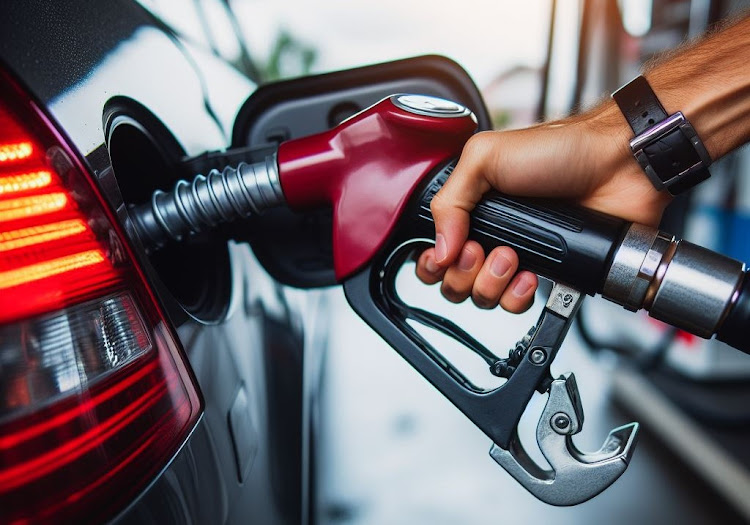After factoring in recent international oil price adjustments, the energy ministry yesterday announced a decrease in local fuel prices. Tomorrow, petrol will decrease by 80 cents per litre, diesel 50 ppm will go down by 60 cents per litre, and diesel 10 ppm will decrease by 70 cents per litre.
This means that in Walvis Bay, the price of petrol will be N$22.20 per litre, diesel 50ppm will be N$21.57 per litre, and diesel 10ppm will be N$21.67 per litre. Fuel prices across the rest of the country will be adjusted accordingly.
According to a ministerial statement, global oil prices recently dropped to a four-month low, following the announcement by the Organisation of the Petroleum Exporting Countries and its allies (OPEC+) that they would maintain overall production levels steady until the end of 2025. This decision was made during the OPEC + meeting last month.
The ministry added that the decline in oil prices was influenced by a drop in consumer confidence, as the market reacted to the production decision as well as ongoing concerns about the future, which continues to affect market sentiment.
“The latest calculation by the ministry indicates that the average price of Unleaded Petrol 95 over June 2024 stood at US$94.731 per barrel, compared to US$98.835 per barrel at the end of May 2024, indicating a decrease of US$4.104 per barrel, or 4.15% over the review
period. Additionally, the average price of Diesel 50ppm over June 2024 stood at US$94.480 per barrel, compared to US$94.529 per barrel at the end of May 2024. This is a decrease of less than a dollar per barrel, or 0.05% over the review period. Moreover, the average price of Diesel 10ppm over June 2024 stood at US$94.0865 per barrel, compared to US$95.174 per barrel at the end of May 2024, indicating a decrease of less than a dollar per barrel, or just 0.3% over the review period,” the ministry stated. In addition, the ministry observed an over-recovery of 120.857 cents per litre on petrol, and over-recoveries of 96.398 cents on diesel 50ppm and 111.915 cents per litre on diesel 10ppm.
“For Namibia as an oil-importing country, there is a pressing need to align fuel prices with market dynamics to ensure an efficient security of supply. As such, analysis of the Petroleum Activities Return, which assesses returns on investment, indicates that increasing the industry margin by 23 cents to 189 cents per litre is necessary. This adjustment is crucial for oil companies to maintain a fair return on their substantial investments. In addition, the ministry also resolved to have the dealer’s margin for service station operators increased by nine cents per litre to 192 cents per litre,” they stated.
Furthermore, the ministry decided to increase road rates by 15% ,which is essential for facilitating the distribution of fuel to various parts of the country.
“At the same time, the ministry has been conscious that consumers have, in prior months, borne the adverse impact of higher oil prices. The current observed decline in global oil prices presents an opportunity for this respite to be passed onto the consumers,” the ministry stated, adding that it remains optimistic the market will remain favourable, particularly for net fuel-importing countries such as Namibia.
Commenting on the fuel price reduction, independent economist Josef Sheehama stated it is a welcome development for both consumers and businesses, particularly those in the manufacturing, construction, agriculture and mining industries, whose output heavily depends on diesel fuel.
“The Namibia dollar has strengthened compared to the US dollar, trading at N$18.05. Namibia is approaching its target inflation rate. These two factors are the primary causes of the drop in fuel prices. Lower fuel prices will mostly help Namibians who own cars because they will slightly lower their monthly transportation costs. Consumers will generally benefit as well since input costs won’t be adversely affected, and prices at the register are therefore unlikely to rise. This is especially true, considering our prediction that the rate of increase in electricity prices will outpace the rate of inflation,” Sheehama added.


